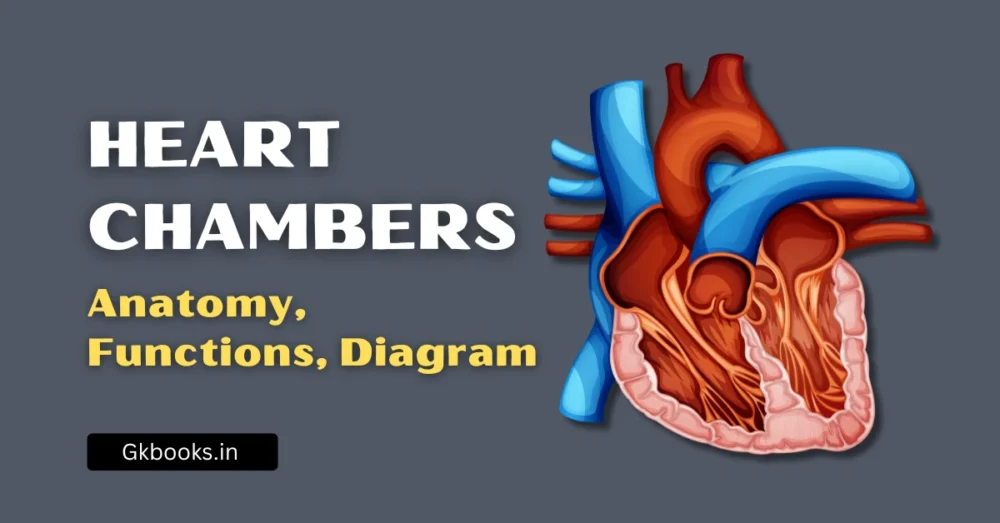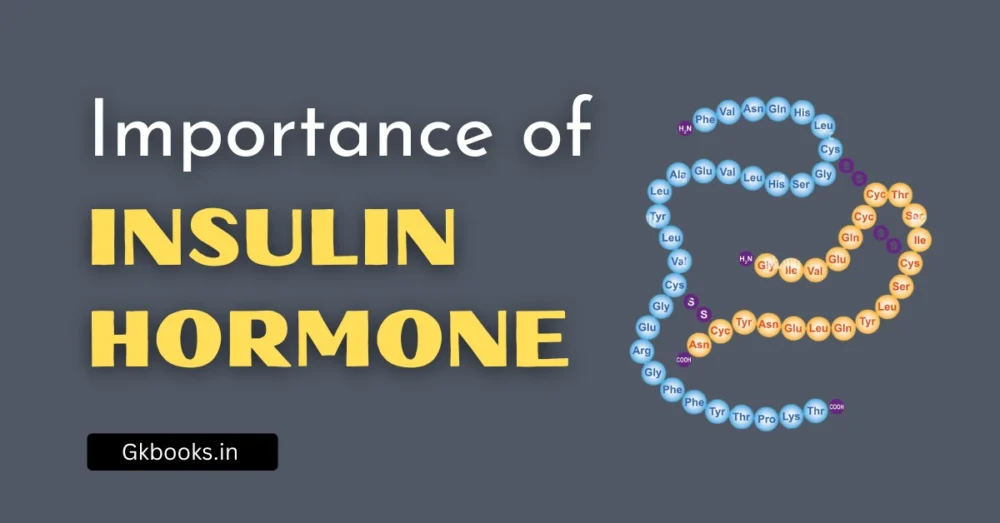The human skeletal system forms the framework of our body, offering support, protection, and enabling movement. Understanding its divisions is essential for students and aspirants preparing for UPSC, SSC, RRB NTPC, State PSCs, and other competitive exams, especially from Class 6 to 12 standard.
Questions from this topic frequently appear in the General Science, Biology, and General Knowledge sections. Let’s simplify this concept in an exam-friendly and memory-based format.
Divisions of the Human Skeletal System
The human skeletal system is divided into two main parts:
🔹 1. Axial Skeleton
🔹 2. Appendicular Skeleton
◾Also, read detailed notes on the 206 human bones.
Axial Skeleton (80 bones)
◾ Definition: The axial skeleton forms the central axis of the body and supports the head, neck, and trunk.
✅ Major Components:
🔹Skull (Cranium)
- Protects the brain
- Consists of 22 bones:
🔸 8 cranial bones (e.g., frontal, parietal)
🔸 14 facial bones (e.g., mandible, maxilla)
🔹Vertebral Column (Backbone/Spine)
- Provides support and flexibility
- Composed of 33 vertebrae divided into 5 regions:
| Region | Number of Vertebrae |
|---|---|
| Cervical | 7 |
| Thoracic | 12 |
| Lumbar | 5 |
| Sacral (fused) | 5 |
| Coccygeal (fused) | 4 |
🔹 Rib Cage (Thoracic Cage)
- Consists of 24 ribs (12 pairs)
- Protects the heart and lungs
| Type | Details |
|---|---|
| True Ribs | 1st to 7th pairs – directly attached to sternum |
| False Ribs | 8th to 10th pairs – indirectly attached |
| Floating Ribs | 11th and 12th pairs – not attached to sternum |
🔹Sternum (Breastbone)
- Flat bone located in the center of the chest
- Connects the rib bones
Appendicular Skeleton (126 bones)
◾Definition: The appendicular skeleton consists of limbs and girdles that help in movement and locomotion.
◾Major Components:
🔹Pectoral Girdle (Shoulder Girdle)
- Attaches upper limbs to the axial skeleton
- Composed of:
🔸 2 clavicles (collarbones)
🔸 2 scapulae (shoulder blades)
🔹Upper Limbs (60 bones)
Each arm contains:
- 1 humerus (upper arm)
- 1 radius and 1 ulna (forearm)
- 8 carpals (wrist bones)
- 5 metacarpals (palm bones)
- 14 phalanges (finger bones)
🔹Pelvic Girdle (Hip Girdle)
- Supports lower limbs and pelvic organs
- Formed by 2 hip bones (coxal bones)
🔹Lower Limbs (60 bones)
Each leg includes:
- 1 femur (thigh bone – longest bone in the body)
- 1 tibia and 1 fibula (lower leg)
- 1 patella (kneecap)
- 7 tarsals (ankle)
- 5 metatarsals (foot)
- 14 phalanges (toe bones)
Memory Tip – Learn With Analogy:
Imagine the skeletal system like a tree:
- Trunk = Axial Skeleton – provides structure
- Branches = Appendicular Skeleton – allows movement
Comparison of Axial and Appendicular Skeleton
| Feature | Axial Skeleton | Appendicular Skeleton |
|---|---|---|
| Function | Support & protection | Movement & locomotion |
| Location | Midline of the body | Limbs and girdles |
| Total Bones | 80 | 126 |
| Includes | Skull, spine, ribs | Arms, legs, shoulder, pelvis |
Summary Notes – Quick Revision
✅ Axial Skeleton: Skull, Vertebrae, Ribs, Sternum (Total: 80 bones)
✅ Appendicular Skeleton: Limbs + Girdles (Total: 126 bones)
✅ Total Bones in Human Body: 206 (in adults)
✅ Femur = Longest bone | Stapes (ear) = Smallest bone
✅ Ribs: 12 pairs → True (7), False (3), Floating (2)
✅ Vertebrae: 33 (7C + 12T + 5L + 5S + 4C)
Practice Questions (MCQs)
Q1. How many bones are there in the adult human skeleton?
A) 206 ✅
B) 208
C) 210
D) 212
Q2. The appendicular skeleton includes which of the following?
A) Skull
B) Rib cage
C) Vertebral column
D) Pectoral and Pelvic girdles ✅
Q3. Which of the following is the longest bone in the human body?
A) Tibia
B) Humerus
C) Femur ✅
D) Radius
Q4. How many vertebrae are found in the cervical region?
A) 5
B) 7 ✅
C) 12
D) 4
Q5. The total number of ribs in the human body is:
A) 10
B) 20
C) 24 ✅
D) 30
Conclusion
Understanding the Divisions of the Human Skeletal System is essential not just for school exams but also for competitive exams like UPSC, SSC, RRB, and State PSCs. Always remember the Axial skeleton = support, and Appendicular skeleton = movement. With simple mnemonics and analogies, the concept becomes easy to recall during exams.
To stay updated with the latest GK and Current Affairs infographics, follow our official Instagram and Facebook page and prepare for exams easily.
More Related Posts:
Heart Chambers: Anatomy, Functions, Diagram & Exam-Focused Notes
Vitamin Deficiency Diseases – Causes, Symptoms, Sources & Exam-Focused Notes
Function of the Stomach in the Human Body: Key Roles, Mechanisms & Importance






